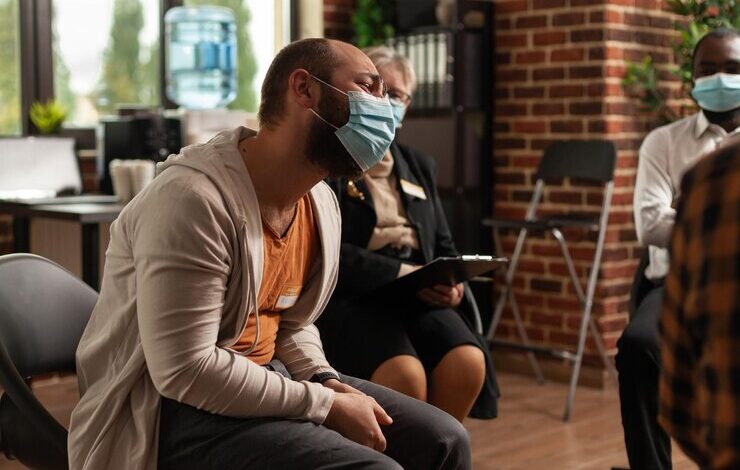Understanding Malaria: Symptoms, Causes, and Preventions

Malaria remainsis a healthy globally especially in typical regions. Despite the medical era, it continues to affect lots and lots of humans every year, with a good sized effect on public fitness and development. Understanding the intricacies of this ailment, such as its signs and symptoms, reasons, and prevention measures, is important in fighting its unfolding and mitigating its own inclined populations.
Symptoms of Malaria:
Malaria is from the Plasmodium parasite to people through the bite of infected to the girls. The onset of symptoms and signs commonly happens after the infective mosquito bites effects. However, in some times, it is able to soak up to a year or maybe longer for signs to appear, relying on the species of the parasite.
The symptoms of malaria can vary extensively and often mimic the ones of different common ailments, making analysis hard. Common symptoms consist of:
- Fever: Fever is commonly the first and maximum not unusual symptom of malaria. It can be intermittent, with episodes of excessive fever alternating with durations of regular or barely accelerated temperature.
- Chills and Sweating: Patients regularly enjoy excessive chills accompanied by means of profuse sweating because the fever spikes and subsides.
- Headache and Body Aches: Malaria can cause excessive complications, muscle aches, and joint pain that can extensively impair a person’s fine lifestyle.
- Fatigue and Weakness: Chronic fatigue and are not unusual signs of malaria, frequently even after the fever subsides.
- Nausea and Vomiting: Some people may enjoy vomiting, and ache, that can in addition and weak points.
In severe instances, malaria can result in malaria, severe anemia, and organ failure, which may be existence threatening if not handled right away.
Causes of Malaria:
Malaria is as a result of the genus, with five species to contaminate human beings: Plasmodium falciparum, malariae, ovale, and knowlesi. Among those, it is the most lethal species, responsible for the majority of malaria associated deaths globally.
Transmission takes place via the chew of inflamed woman Anopheles mosquitoes, which inject the parasites into the bloodstream in the path of feeding. Once in the frame, the parasites adventure to the liver, wherein they multiply and mature earlier than infecting red blood cells. The cycle is maintained due to the fact the inflamed blood cells rupture, freeing extra parasites into the bloodstream, leading to recurrent episodes of fever and other signs and symptoms.
Malaria remainsis a healthy globally especially in typical regions. Despite the medical era, it continues to affect lots and lots of humans every year, with a good sized effect on public fitness and development. Understanding the intricacies of this ailment, such as its signs and symptoms, reasons, and prevention measures, is important in fighting its unfolding and mitigating its own inclined populations.
Various factors make a contribution to the unfolding of malaria, such as environmental conditions conducive to mosquito breeding, insufficient healthcare infrastructure, loss of admission to preventive measures inclusive of insecticide-handled bed nets and antimalarial medicinal drugs, and population actions.
Prevention of Malaria:
Preventing malaria requires a multifaceted method that addresses both vector manipulation and private safety measures. Key techniques encompass:
- Vector Control: Efforts to control populations and reduce human-mosquito contact are important in malaria. This includes indoor residual spraying with pesticides, larval management measures, and environmental control to put off mosquito breeding sites.
- Use of Bed Nets: Insecticide-handled bed nets provide a bodily barrier against mosquito bites at the same time as concurrently repelling and killing mosquitoes that come into touch with the netting. Sleeping a bed net can reduce the chance of malaria transmission, specially for prone populations inclusive of ladies and younger kids.
- Chemoprophylaxis: For individuals visiting malaria endemic regions, taking medicines as a preventive measure is suggested. These medications suppress the development of the parasite within the bloodstream, the threat of contamination.
- Community Engagement: Engaging in malaria efforts through training, campaigns, and community based total interventions can help foster sustainable behavior trade and promote the adoption of preventive measures.
- Research and Innovation: Continued funding in studies and innovation is vital for the development of new equipment and strategies for malaria prevention, inclusive of novel vector control techniques, vaccines, and antimalarial capsules.
Conclusion:
In conclusion, malaria remains a significant global health challenge especially in regions with restrained assets and infrastructure. However, with a comprehensive method that mixes vector manipulation, non-public protection measures, get right of entry to first-rate healthcare, and network engagement, good sized development can be made in lowering the burden of malaria and in the end reaching the aim of malaria removal. By experiencing the signs and symptoms, reasons, and prevention measures related to malaria, people and groups can take proactive steps to shield themselves and prevent the spread of this deadly sickness.
Malaria is as a result of the genus, with five species to contaminate human beings: Plasmodium falciparum, malariae, ovale, and knowlesi. Among those, it is the most lethal species, responsible for the majority of malaria associated deaths globally.
Transmission takes place via the chew of inflamed woman Anopheles mosquitoes, which inject the parasites into the bloodstream in the path of feeding. Once in the frame, the parasites adventure to the liver, wherein they multiply and mature earlier than infecting red blood cells. The cycle is maintained due to the fact the inflamed blood cells rupture, freeing extra parasites into the bloodstream, leading to recurrent episodes of fever and other signs and symptoms.









